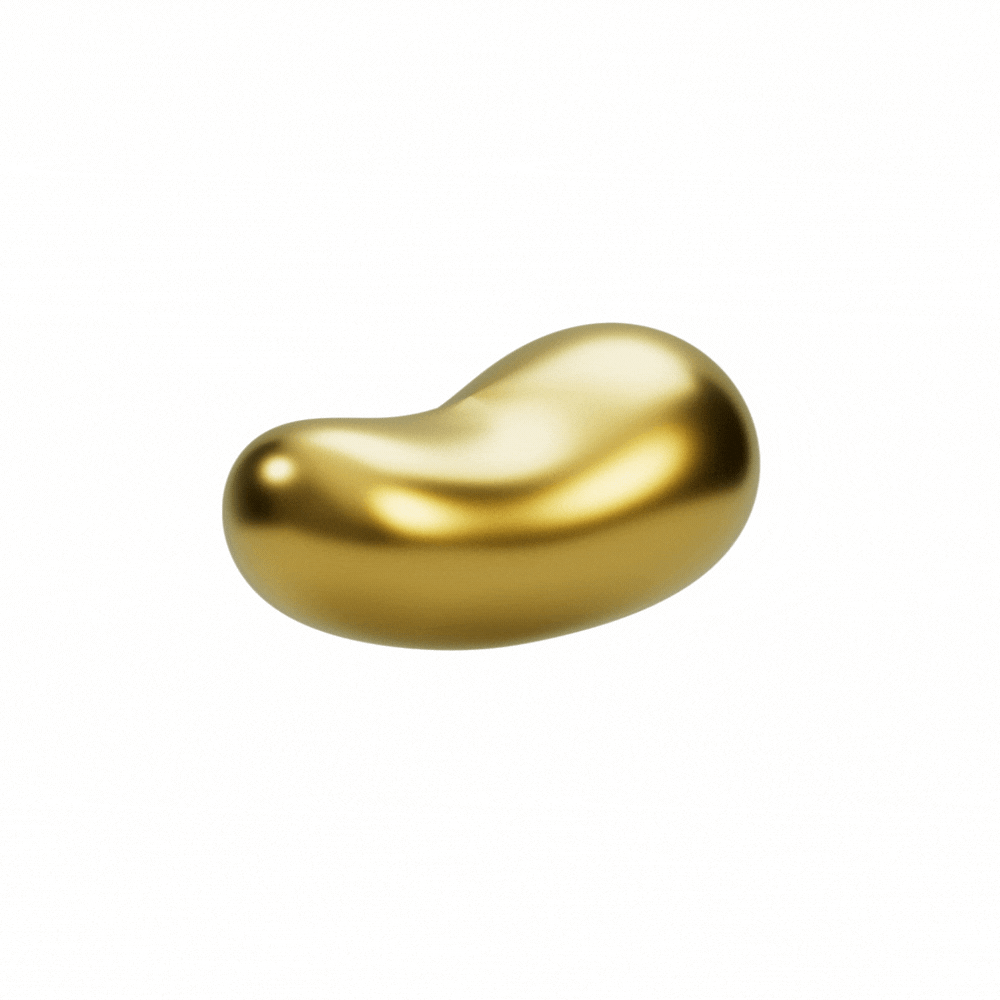Gabrielle Dobrzelewski
Gabrielle Dobrzelewski is a painter and draughtsman based in Philadelphia, PA. Her work has been exhibited in Philadelphia and Delaware and published in Create! Magazine and Divide Magazine. She was a featured studio artist for the I Like Your Work Podcast.
Positioning herself as the primary subject, Dobrzelewski utilizes her likeness as the means to explore personal narratives and emotionally charged themes. She uses her domestic space as the theatre where the quiet dramas in her works are played out. In heightening the color feeling of her pieces, Dobrzelewski augments the emotional atmosphere of the image and aims to create a world in which the viewer can enter into and meditate upon.
Collect Bean: What does growth mean to you?
Gabrielle Dobrzelewski: When I hear the word growth, what comes to mind immediately is the notion of growing into the person you’re meant to be in this life - how, as one moves through life, the hope is that one’s soul enlarges. Growing, expanding, magnifying. Growth is a side effect of living but also a display of one’s aliveness.
Growth and change go hand in hand. As I’m changing, I’m hopefully growing. I think about this a lot when I make my work, how my paintings become anchor points that reflect back to my growth and change.
Collect Bean: What is the kindest thing someone can tell you about your work?
Gabrielle Dobrzelewski: The comments that have stuck with me the most tend to center around the viewer expressing some kind of kinship with the emotion or narrative I’m exploring in a given piece. That the image makes them feel emotionally or experientially validated in some way.
To me, making images is about connecting with others through communicating feelings and experiences. To be seen and to see others. When my work gets a response centered around that, I feel like I’ve been able to make a successful image.
Collect Bean: Where are you currently finding inspiration?
Gabrielle Dobrzelewski: In regards to the media I’ve been consuming as of late, I’ve been looking heavily at Tooker, Redon, and Pennsylvania Dutch folk art. I chronically scour the internet, collecting images, fragments of text, and poems. Watching interviews is inspiring, and I especially love some of the ones I’ve seen given by Bill Viola and Andrei Tarkovsky. I’m really drawn to images of intimacy, specifically emotional intimacy. I look around at my life a lot, too. Most of what I talk about comes from lived experiences, so being present in the day today is important for me as well. I’m constantly aware and processing all the feelings that arise within me. It can be overwhelming but necessary.
Collect Bean: What does your painting process look like from start to finish?
Gabrielle Dobrzelewski: Each piece starts from an intuitive place…as every piece comes to a close, so does the narrative, and the meaning becomes clearer to me.
I work from photos, so I make sure to take plenty of reference images. I end up choosing the one that speaks to me the most, and then get started on painting it. I try to be as direct as I can, and I move through the image bit by bit until it reaches a place where I feel the painting is completed.
I’ve realized that not everything can be resolved in a single painting. Instead of overworking a piece, I then route that energy into the next piece I make, approaching it with a mindset that is more concerned with my body of work vs. creating a piece that’ll be a magnum opus or something. It’s more freeing that way.
Collect Bean: What role does color play in your practice?
Gabrielle Dobrzelewski: For me, color works as an aid to create the emotional tone of a given image. The kind of palette I use is influenced by what I feel like the images need, and how I can convey the emotion or idea I want to get across clearly.
I like to use a monochromatic palette if I’m making a series of images for the sake of cohesion, whereas I’ll use a more extended palette if I feel the image is more of a stand-alone piece.
Colors are so emotionally charged and historically that I find they also lend themselves to a kind of covert symbolism automatically, that I find intriguing.
Photo Credit: Steph Foster

